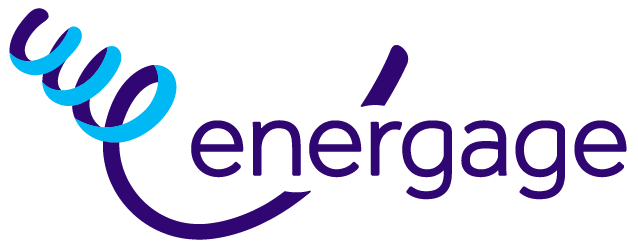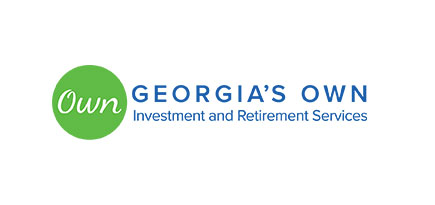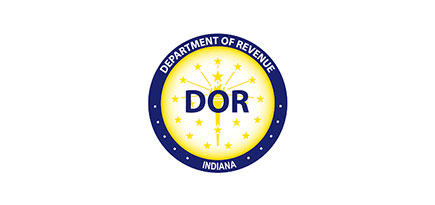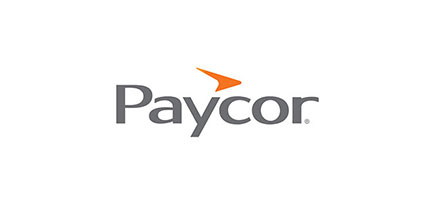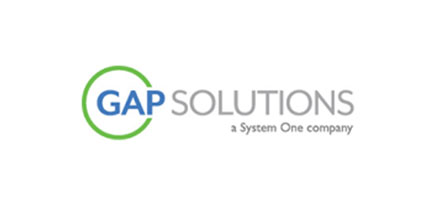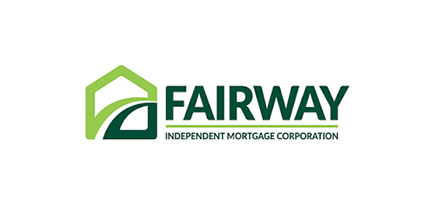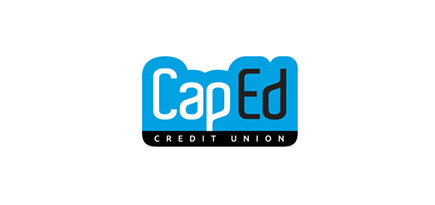Making the World a Better Place to Work Together
Energage Success Stories
What Energage customers are saying

Arizona Diamondbacks
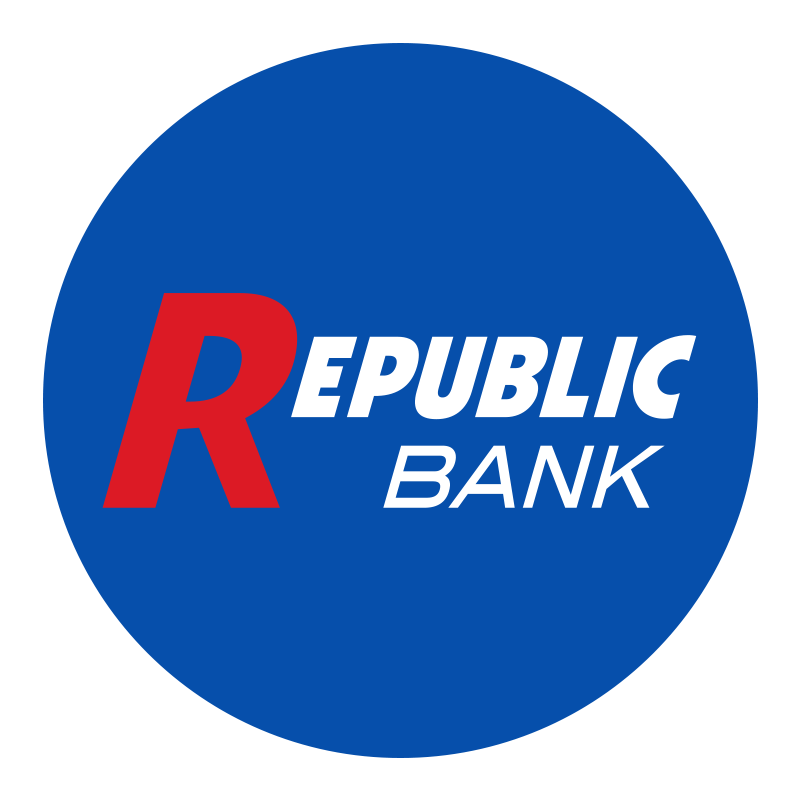
Republic First Bancorp

Robertson, Ryan & Associates

Sensiba San Filippo LLP
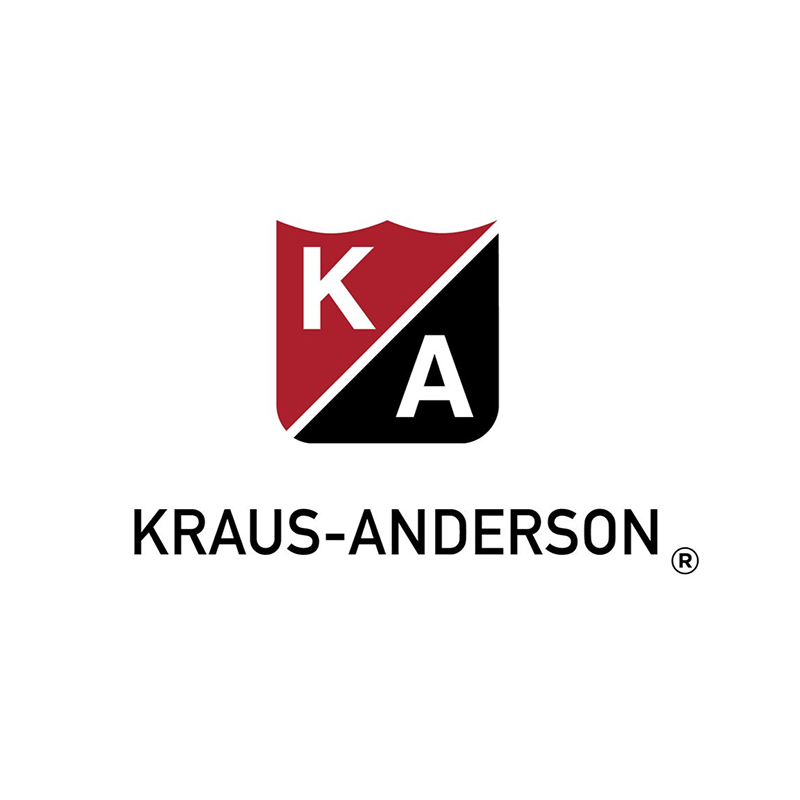
Kraus Anderson
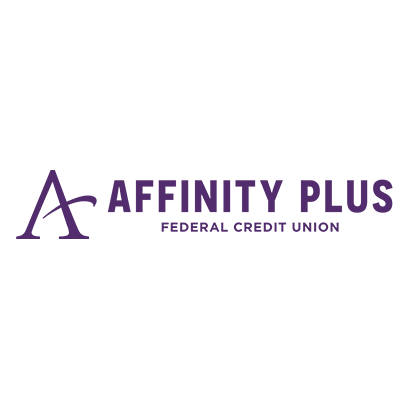
“We began using the Energage Platform and Workplace Survey as part of our ongoing commitment to creating a workplace where every employee feels engaged, appreciated, and valued. We believe feedback is a gift, and the survey provides a meaningful way for our team members to share their experiences, insights, and ideas. By listening to our employees, we’re better equipped to build resources, supportive groups, and collaborative opportunities that empower individuals and strengthen our organization as a whole.”
“In our last Workplace Survey, we heard that our employees need more work-life balance. To help with that, we’ve made some big announcements about shortening hours and increasing paid holidays. We’re able to recognize our employees’ voices and do something to make their lives easier – and they are demonstrating enthusiasm for the changes.”

Janine Zangrilli
Senior Vice President, HR
Republic First Bancorp
“The Workplace Survey helps give us strategic direction and data to back it up. Initially, employees were nervous, but after we assured them that the process was 100% confidential our response rate jumped up to 89%. It helps them answer more honestly, and the comments help us be a better employer.”

Melissa Stauber
HR Manager
Robertson, Ryan & Associates
“The Insights and Employer Branding subscriptions plus access to Energage consultants have helped us improve our employee empowerment, employee recruitment and company culture significantly. It helps us easily gather information by department and share certain insights in a more effective way.”

“You can send surveys to people all day long, but if you don’t get honest feedback, it’s a waste of time. Using feedback to take actionable steps improves employee morale, which is something that every company should be focused on in our current job market. Employees have a lot of leverage right now, and we should all pay close attention to what they say.”

Sholly Nicholson
Director & HR Team Member
Sensiba San Filippo LLP
Energage Success Stories
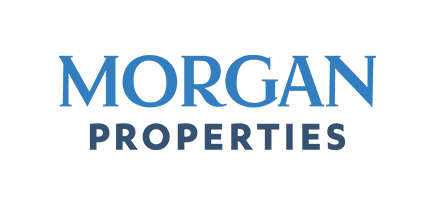
Industry: Property Management
Solutions: Workplace Survey, Insights, Consulting
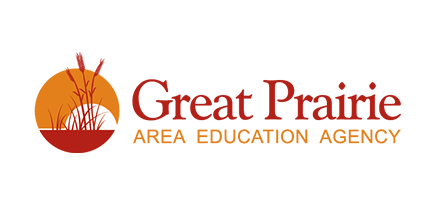
Industry: Education
Solutions: Workplace Survey, Insights
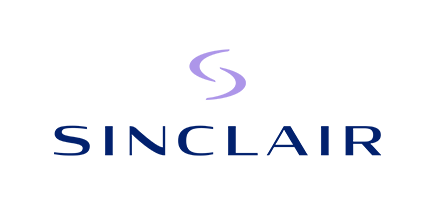
Industry: Medical Devices & Products
Solutions: Workplace Survey, Insights
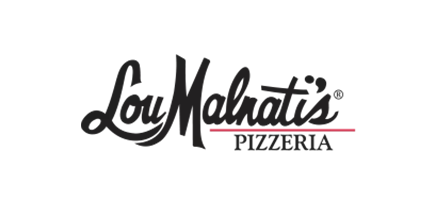
Industry: Restaurants
Solutions: Workplace Survey, Insights

Industry: Value-Added Reseller
Solutions: Energage Support

Cozen O'Connor Elevates Engagement Insights
Industry: Law
Solutions: Workplace Survey, Insights, Top Workplaces awards

Workplace Survey results confirm AMSG operates by strong values: AKA the 6 C's
Industry: Consulting
Solutions: Workplace Survey, Insights

Building Belonging: How Endeavors Used Honest Feedback to Transform Engagement
Industry: Human & Social Services
Solutions: Workplace Survey, Insights
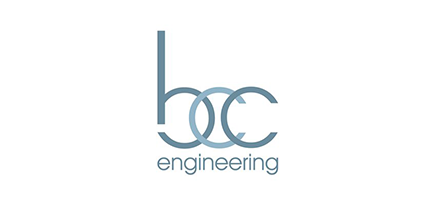
Employee-Driven Values: BCC Engineering's Path to Enhanced Commitment
Industry: Engineering
Solutions: Workplace Survey, Pulse, Insights, Consulting Services

Pinnacol Assurance: Leading a Revolution of Caring, Inclusion, and Excellence
Industry: Specialty Insurance
Solutions: Workplace Survey, Insights, Pulse
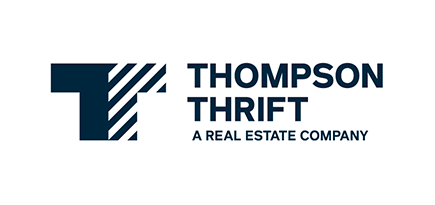
Mission-Driven Success: Team Member Feedback and Expert Guidance Foster Excellence at Thompson Thrift
Industry: Development
Solutions: Workplace Survey, Consulting

Empowered by Survey Feedback, Eight Eleven Group Introduces Community Groups to Drive Engagement
Industry: Consulting & Professional Services
Solutions: Workplace Survey, Top Workplaces Awards
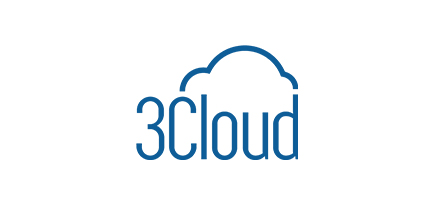
Cultivating a Culture of Feedback: The 3Cloud Success Story
Industry: Custom Software Development & Consulting
Solutions: Workplace Survey, Top Workplaces Awards
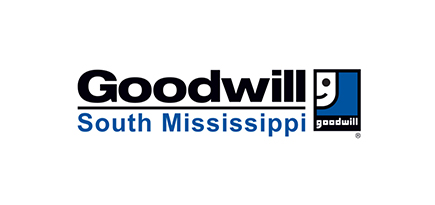
Goodwill of South Mississippi Hits 82% Survey Response Rate, Enhancing Engagement and Communication
Industry: Nonprofit
Solutions: Workplace Survey, Insights
